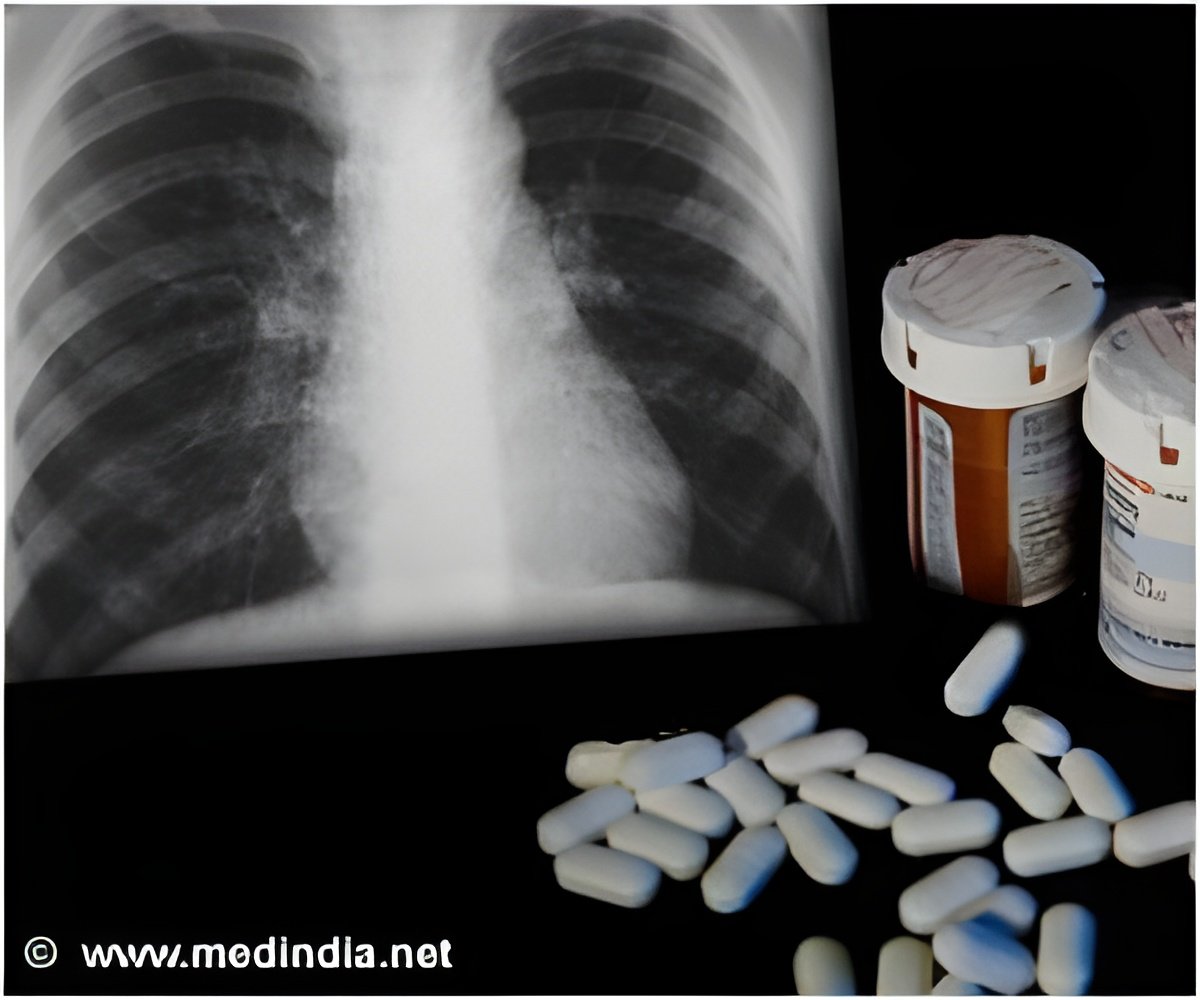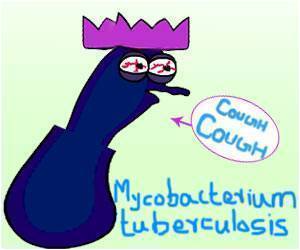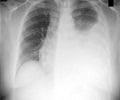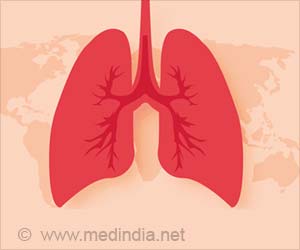
‘Feedback system control helps in analyzing drug combinations promising to kill the bacteria that cause tuberculosis much faster than the standard regimen used to treat tuberculosis.’
Tweet it Now
In the study, researchers used a technique called feedback system control, which was developed at UCLA, to study cells infected with the bacteria that cause tuberculosis. They quickly narrowed combinations of 14 different tuberculosis drugs with five different doses - resulting in 6 billion possibilities - into several promising combination treatments that kill the bacteria that cause tuberculosis much faster than the standard regimen used to treat tuberculosis. "Designing a drug combination with optimized drug-dose ratios has, until now, been virtually impossible," said Chih-Ming Ho, the study's principal investigator and the Ben Rich-Lockheed Martin Chair Professor at UCLA's Henry Samueli School of Engineering and Applied Science. "Feedback system control technology demonstrated it can pinpoint these best possible ratios for a wide spectrum of diseases."
"If our findings are confirmed in human studies, the new drug regimens that we have identified should dramatically shorten the time needed to treat tuberculosis," said Dr. Marcus Horwitz, a senior author on the research and a distinguished professor of medicine and microbiology, immunology and molecular genetics at the UCLA David Geffen School of Medicine. "This will increase the likelihood of successful treatment and decrease the likelihood of patients developing drug-resistant tuberculosis. A highly successful and rapid treatment may hasten the eventual eradication of tuberculosis."
Current drug therapies for drug-sensitive tuberculosis require six to eight months of treatment; for drug-resistant tuberculosis, treatment can take as long as two years.
The standard treatment regimen for drug-sensitive tuberculosis comprises four different drugs. Many patients stop taking the drugs before completing treatment, enabling the emergence of drug-resistant tuberculosis strains.
Advertisement
Feedback system control quickly eliminates potential dead ends and automatically readjusts drug-dose combinations to zero in on the most effective ones, saving a tremendous amount of time and effort. This allowed the researchers to identify ideal drug-dose combinations after just four rounds of testing, with about 125 tests per round.
Advertisement
The researchers have also completed an animal study, which is not published. That study's results have prompted human trials of one promising combination, and plans are underway to test another.
Source-Eurekalert















